You are sitting watching re-runs of ‘Jeopardy’ and having a beer when breaking news shows a building collapse that has occurred several blocks from your home. Though you think you know the answer to the puzzle, you are torn between solving it before the contestant does and rushing to the scene. What should you do?
- Solve the puzzle–for one thing, unless you know yourself to be the only provider with the skill set necessary you should not respond to ANY incident after having any alcohol–even if everything goes well, questions will still be asked.
- Hospital personnel in the field seldom is a good situation–unless you are used to working in that environment you don’t have the protective equipment and scene awareness that you need, and you are not able to medically do what you usually would do so you’re ‘off your game’ and likely to make mistakes–unfamiliar resources, limited capabilities. In Singapore, the airport disaster plan called for ED personnel to be transported to the scene to assist–which was done when a plane crashed on take-off during a typhoon. The ED providers arrived after most of the casualties were already gone, got soaked in their scrubs, many developed hypothermia, and basically contributed negatively to the response as a further drain on organizational resources. An ER nurse who rushed to the Oklahoma City bombing scene to assist was killed by falling debris. And the list goes on. It’s also very difficult to integrate into the response effectively unless you are well known to the EMS providers. So basically, unless you have a response role at the scene, don’t bother going to the site.
After going to the grocery store for more Ho-Ho’s and frozen pizza, you are driving home and witness a building collapse. What should you do?
- If you happen to be ON the scene of a mass casualty event right after it happens, you can be of significant help in the early minutes to responding EMS personnel IF you can keep yourself safe.
- Scene safety is critical–park somewhere safe and out of the way of responding public safety. Look all around you BEFORE you commit to helping–including above you… watch out for sharp debris, live power sources, leaking natural gas, further structural collapse potential, hazardous materials (if there’s any natural gas odor or other hazmat risk–chlorine leak or whatever just GET OUT and take as many ambulatory patients as you can with you to a location at least a few blocks away (and upwind, for leaking chemicals).
- Your primary goal is to start triaging–direct ambulatory patients to a single spot that is safe and recognizable ‘go to the parking lot over there’ and identify the non-ambulatory. Determine which have altered mental status, difficulty breathing, or signs of severe hemorrhage or shock (all ‘red’ criteria)–there’s not a lot of treatment you can do (unless your vehicle is equipped with a spare stab room), but you can be a huge help sorting patients for transport prior to and even after EMS arrival and helping with basic treatments as supplies become available (controlling bleeding, basic splinting, etc.)
- Be very careful of trying to help ‘rescue’ anybody–unless you are VERY comfortable that there’s no structural issues or electrical lines and no falling debris this can be inherently dangerous–if you have to do something because of an immediate safety threat to the patient don’t worry about spinal precautions, just get the patient away from danger generally by dragging them under the shoulders while supporting the head to maintain what neutral alignment of the c-spine that you can
- As soon as EMS arrives, hook up with the initial crew and/or a supervisor and identify yourself and your skills – do what they ask you to. If you’re in a different area (not your local EMS system), identify yourself to an EMS provider and ask who the EMS supervisor / EMS command is, then hook up with them and see if you can assist. If you are an MD it’s particularly helpful in our area to let the EMS supervisor know you have a radio number (if you do)–that establishes a lot more credibility and that you may be somewhat useful, as well as can provide orders directly if required
- Once EMS resources are adequate, if a disaster alert is declared at your hospital consider reporting there. Usually by this time though, unless the incident is truly massive we already have more help than we need at the hospital.
On your way home, you come across a car accident – two persons are injured. What should you do?
- If you have medical training and arrive at an accident you are generally expected to assist to the level of your ability and state ‘Good Samaritan’ laws protect you from liability Except for willful and wanton misconduct–which may apply to some aspects of your Friday night, but not to your medical care.
- If required, use your vehicle to block traffic so that you can safely help (position your car with hazard flashers on a reasonable distance behind the accident and block the traffic lane–if there’s more than one lane straddle the one that the accident is in and the one adjacent so that cars are not passing inches from the vehicles and victims involved (but be ready to move it as soon as police arrive if asked)–don’t park too close–if your car gets hit you don’t want it getting pushed into the already involved cars and patients)–get somebody to direct traffic around the accident if needed.
- Your primary hazard is getting hit by another car that is looking at the accident and not at you or plows into the involved vehicles (due to icy conditions, texting, or whatever). There is also the ‘moth effect’ phenomenon where drivers steer towards the flashing lights of police and other vehicles and wind up hitting them (you tend to drift unconsciously toward what you are looking at – true for bike riding, car driving, etc.).
- Make sure first that you don’t have any power lines down.
- Assure that the engines/ignitions are turned off (particularly an issue with hybrids to assure the battery is off).
- Look quickly for airbags that did not deploy–(i.e. one front airbag didn’t go off) these can deploy unexpectedly, as well as for leaking fuel (which is common). Draw this to the attention of fire when they arrive and make sure there’s no ignition sources around. We have seen people lighting up at the scene of a leaking fuel tanker truck.
- If you have to get access–try the doors–often you can find one that will open and then 1-2 people can usually bend the door open. If you have to break glass, strike the lower corner of the window panel with a sharp object. It should all crumble and fall out in a dramatic and satisfying manner Except for the windshield–do NOT try to go after the windshield–a waste of time.
- Identify yourself to the patients and identify injuries and any entrapment that the victims have. Maintain airways, control bleeding, and keep spinal alignment as required until help arrives. If the victims are uninjured and can get out of the vehicle it may be best to get them up on the sidewalk or another area of safety. Once EMS arrives tell them what you have done so far and then generally get out of the way and let them take over–we often find that medical providers are resistant to this transition–but EMS does this every day, and we don’t, so don’t feel like you’re abandoning the patient by letting EMS take over (in more rare cases, if you have advanced skills and are in an area served by basic life support ambulances, you may have to continue to be involved and provide ongoing medical support to the degree that you can with the equipment you have available).
Enjoy your Ho-Ho’s and pizza. The correct question for the answer is “What is Uruguay?”.
By Dr. John Hick, Medical Director for the Office of Emergency Preparedness with the Minnesota Department of Health.
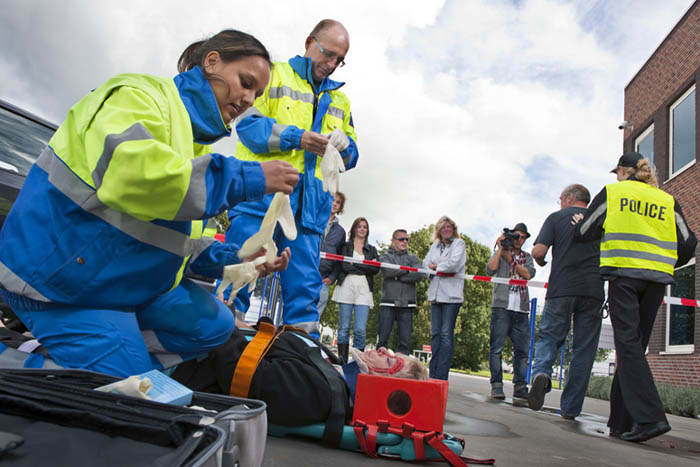
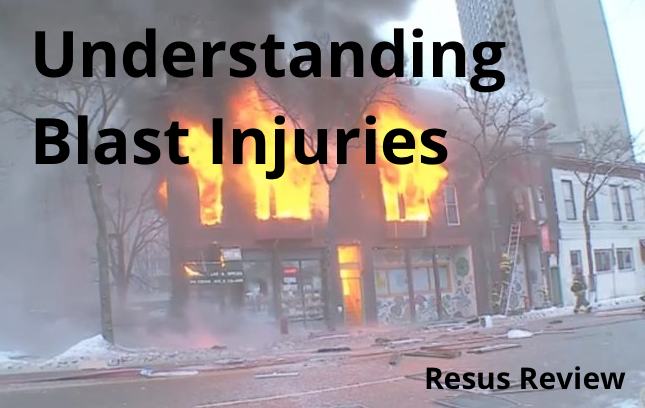
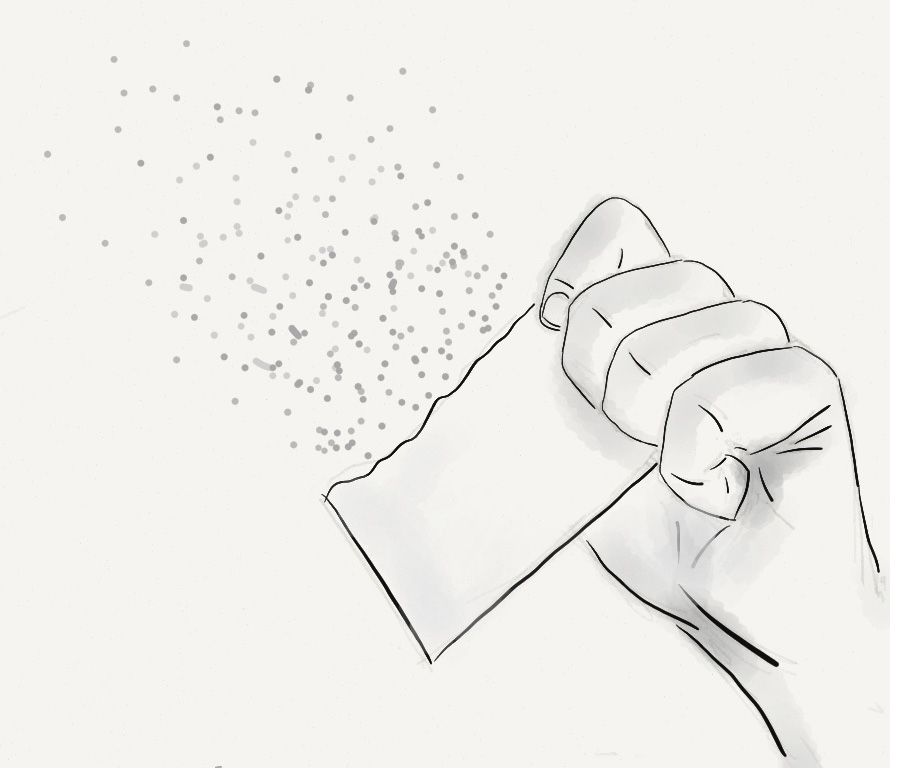
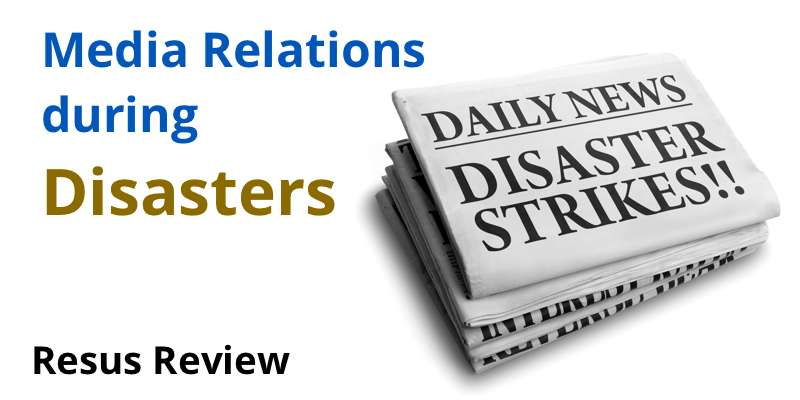
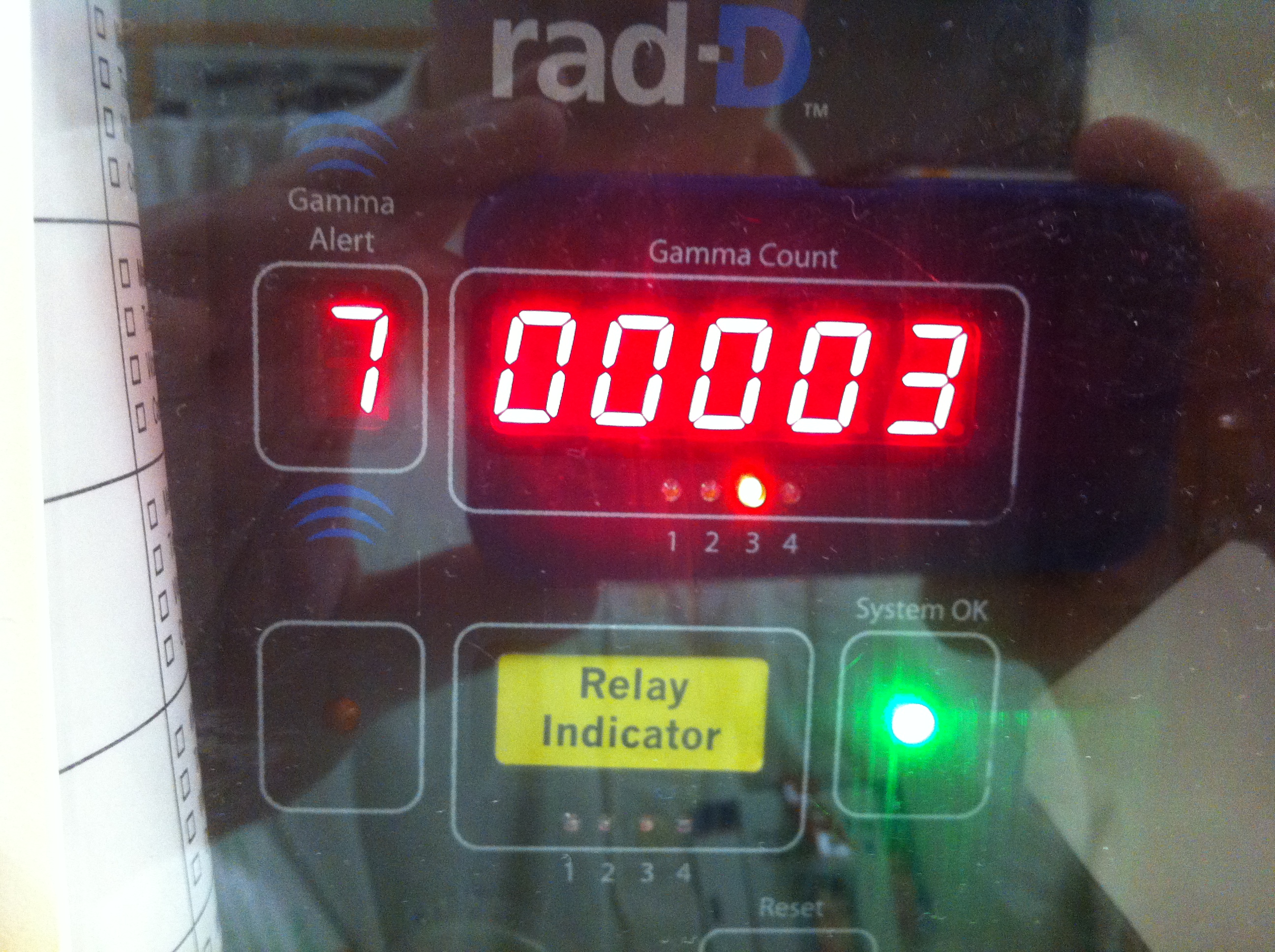
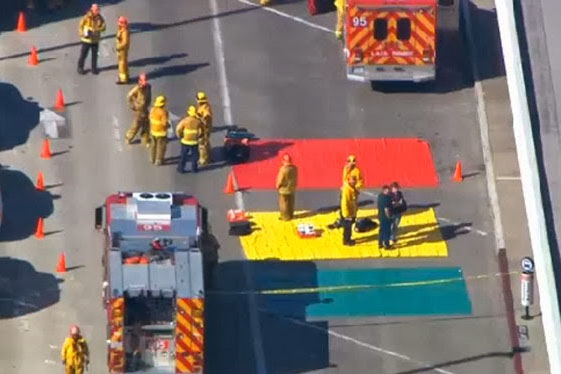
[…] Do you know what to do? Or what your role is at the scene of a disaster? Have a read of ED personnel at the scene of a disaster. […]